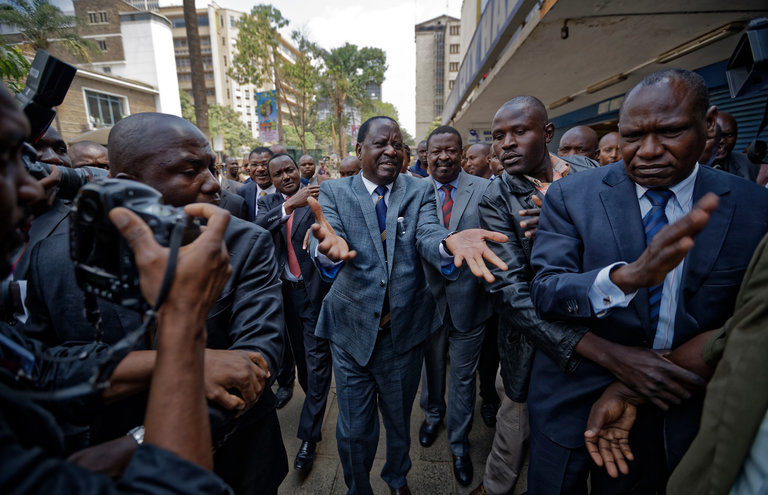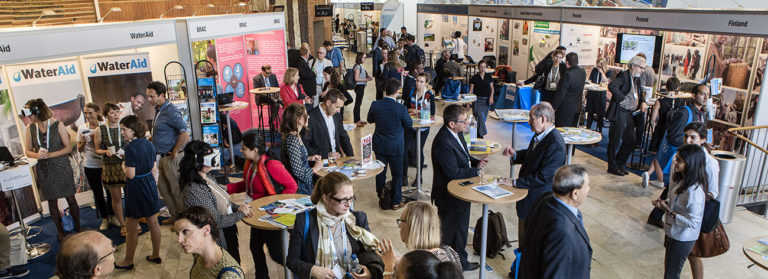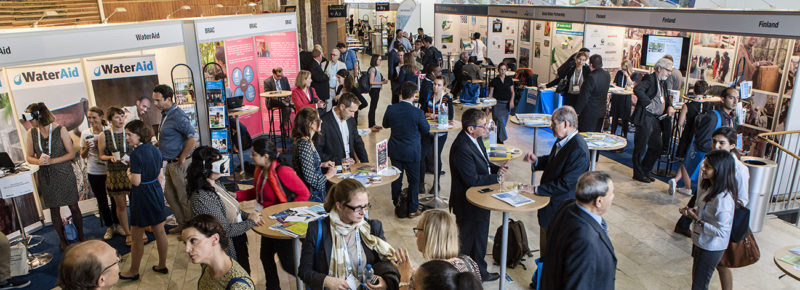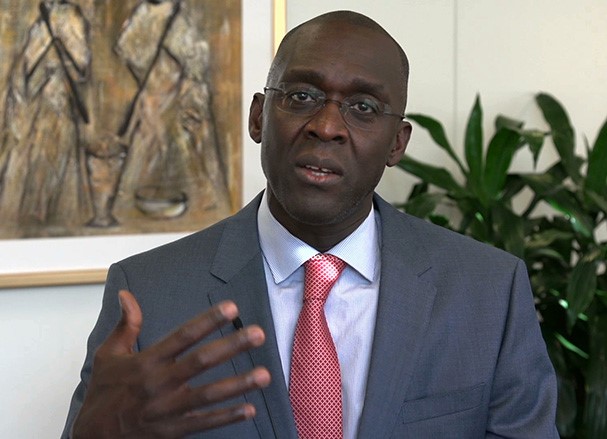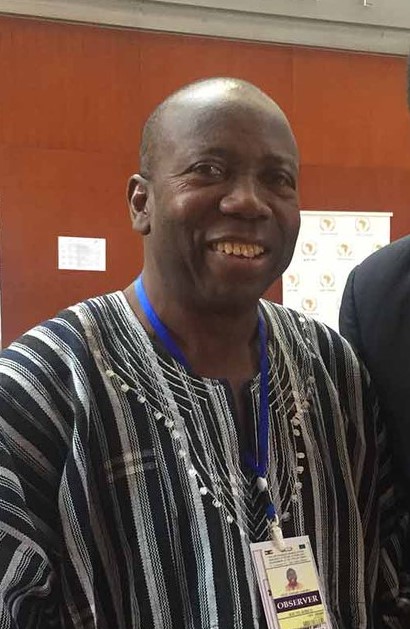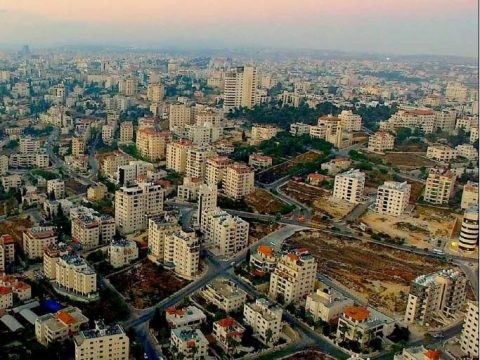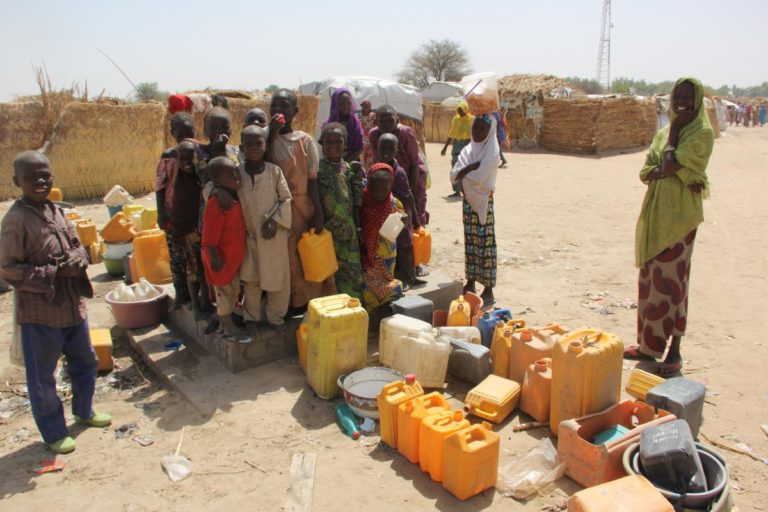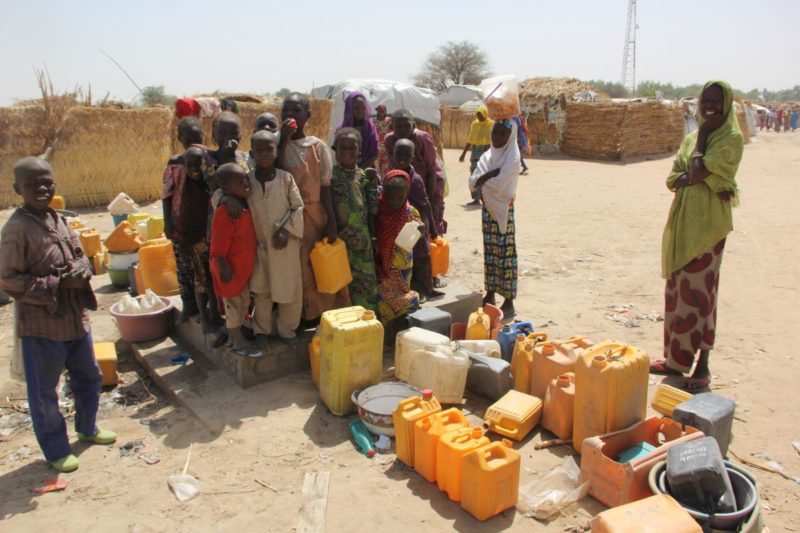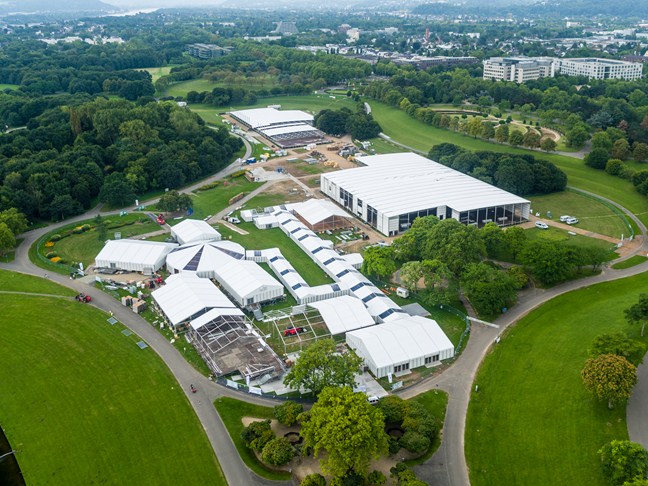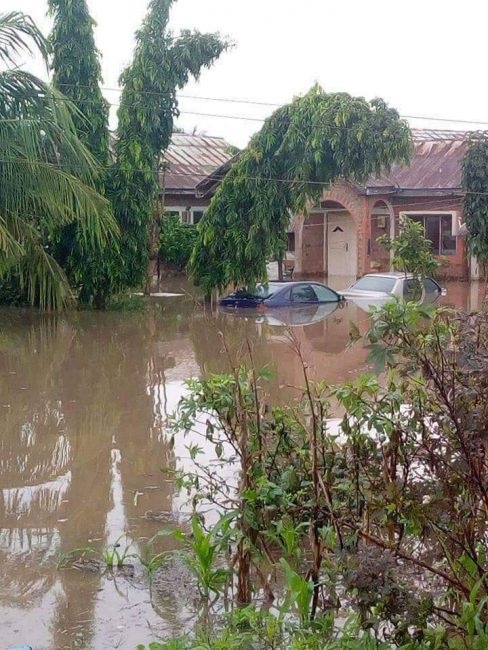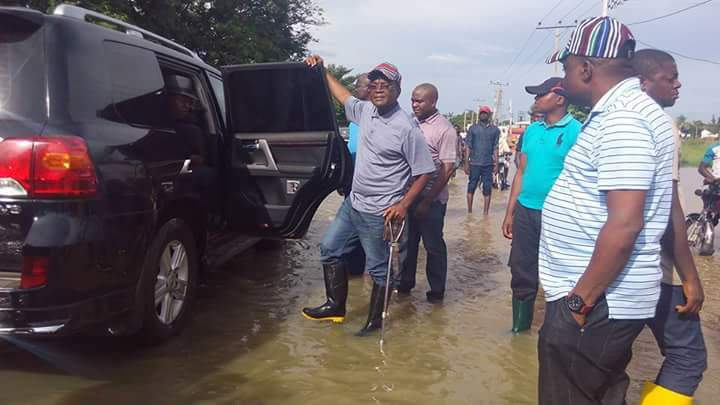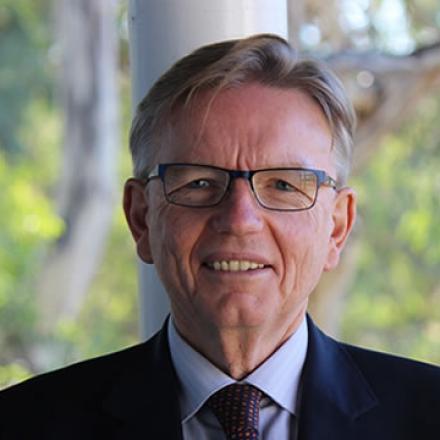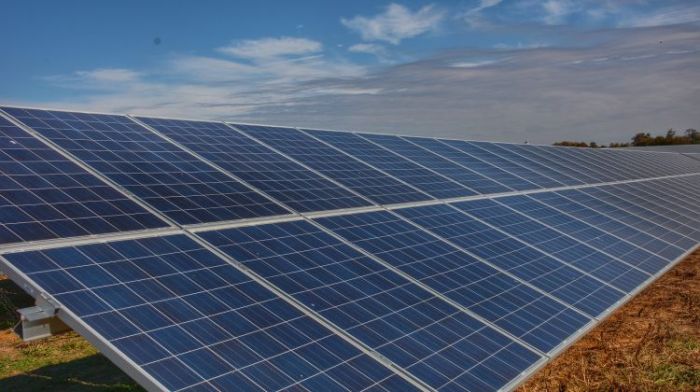Nigerian lawyers have described the annulment of Kenyan’s presidential election by the country’s Supreme Court as victory for constitutional democracy, urging Nigeria’s judiciary to emulate the courage of Kenyan justices.
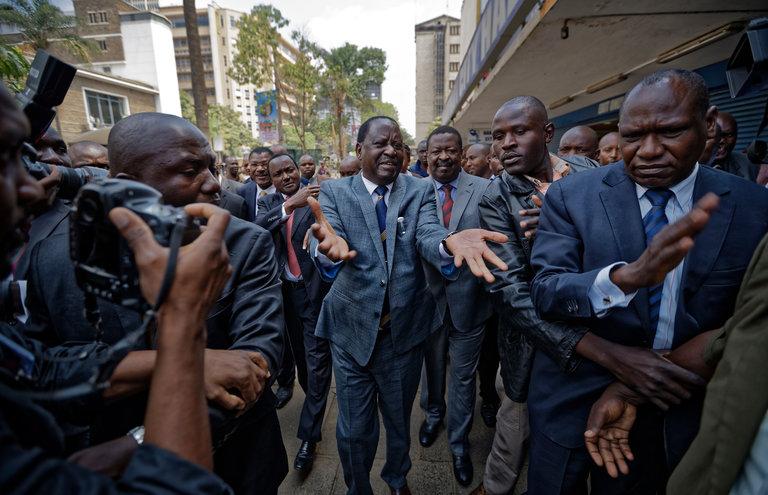
The Supreme Court in Kenya on Friday, September 1, 2017 declared the presidential elections held on August 8 as null and avoid and ruled that a re-run be conducted within 60 days.
According to the justices, the presidential election was not conducted in accordance with the constitution.
Chief Emeka Ngige (SAN) said the judgment is good for our nascent democracy in Africa as a whole.
The decision, he said, would now be cited as a precedent that any election, be it presidential or councilorship election which was not conducted in accordance with the law is liable to be nullified.
He said: “There was an opportunity for the Supreme Court of Nigeria to make such bold decision but it was missed in 2007 when the majority of the justices upheld a highly flawed election conducted by INEC under Prof Iwu. “Yar’Adua the beneficiary of the rigged election acknowledged same in his national broadcast and set up Uwais Election Reform Committee. Till date the two unfortunate decisions in Buhari Vs Inec & Atiku Abubakar Vs Yar’adua are still being cited as authorities by our courts to save rigged elections.
“So I hail the justices of the Kenyan Supreme Court for their courage and boldness in nullifying the rigged Kenyan election. Heaven will not fall.
“The lesson for Nigeria is that we must be very cautious in the use of electronic voting for our 2019 election. Its open to manipulation as was witnessed in Kenya and in the last NBA national election.”
Bar. Ifeoha Azikiwe said Kenya has set an unbeatable standard for the judiciary in Africa.
He maintained that there must be a departure from the past, adding that if it were to be in Nigeria, the case would have lingered until the incumbent completed his four or eight years in office or would eventually be declared a winner.
“It is a big challenge to the bench and bar in Nigeria who would have used legal technicalities to reverse the case. Looking back at history, have the Kenyatta’s honestly won any election in Kenya? It has always been a “landslide victory” for the ruling party. The country has always had highly controversial elections. Thank God there is one Raila Odinga that gives hope to the opposition in Africa,” he stated.
Abuja based lawyer, Abubakar Sani, said the judgment, which he described as salutary and most welcomed, said it is a breath of fresh air and shows that there is hope for Africa.
“It is a sign that African legal institutions are coming of age, they are becoming fearless, bold and willing to assert their independence more than ever before. It is good news and gives one much to cheer about. It is certainly worth celebrating,” he stressed.
Also, Bar Tony Odiadi said it is a good development showing the full capacity of the judicial arm to intervene and decide whether any election was in compliance with the law as stated.
According to him, a precedent of this nature, will surely stand in good stead to enable the judiciary in other countries to be so decisive.
His words: “It must be mentioned that the Nigerian judiciary has not through its more recent history intervened in any manner as radical as this Kenyan case. Not in the Awolowo v Shagari and Buhari v Yar’adua cases have judicial power been expressed of this magnitude. “The decisions in the Amaechi, Obi, Ladoja cases etc are more of pronouncements on interpretations where states were in issue, not the presidential election.
“It shows a full measure of judicial confidence that will serve the purpose of facilitating compliance with extant provisions of the law.”
He noted that many issues dog elections in Nigeria, ranging from preelection and post election matters, violence at the polls, qualification to stand election, double voting, underage voting, wrong collation of votes, and others.
According to him, all those are capable of leading to voiding votes and elections, but the courts place high thresholds for petitioners.
“We must congratulate the Kenyan Supreme Court for this judicial courage. It was in the Atiku cases against INEC on qualification to contest election that the Nigerian Judiciary showed equal masculinity in holding that the Vice President’s loyalty is to the constitution and not to the person of Mr President,” he stated.
Similarly, Bar Solomon Ukhuegbe said Kenya has done so well in a few constitutional cases aside from election petitions.
Ukhuegbe noted that election appeals seem to drag forever in Nigeria because governorship election petitions, for example, go through two appeals and pre-election cases have no time limit and often drag on for years.
“In Kenya, the presidential election petition went straight to the Supreme Court and it seems most of the proceedings was documentary. In Nigeria in contrast, the Supreme Court is never a court of first instance in such matters.
“Secondly, our election jurisprudence requires hundreds of witnesses, in order to prove malpractice in practically every polling station. Even with the process of having witnesses adopt their written statements, it is still very time consuming with cross examination and all that,” he stated.
The Committee for the Protection of Peoples Mandate (CPPM) also commended the Kenya Supreme Court for upholding the tenets of constitutionalism and reaffirming the people’s faith in democracy and the rule of law.
“We regard this judgement as a victory for constitutional democracy which must be commended and emulated by other African countries for the peace, progress and development of the African continent.
“We commend most sincerely the opposition party who though aggrieved with the outcome of the Presidential election, didn’t take the laws into their hands, but explored the constitutional and democratic option of approaching the courts to seek justice which has been dispensed with,” the group said in a statement endorsed by Nelson Ekujumi, its Executive Chairman.
The judgement of the Supreme Court in annulling the outcome of Kenya’s 2017 Presidential election, the group said, represents a new chapter in the democratic process in Africa because it signposts the independence, doggedness and commitment of the Kenyan judiciary to the constitution.
“The judgement of the Kenya Supreme Court should also serve as a wake up call to political parties in Africa who lose election, to realise that the courts or the judiciary remains the only civilized and democratic medium to get justice based on presentation of incontrovertible facts and not just to cry foul to raise tension and heat up the polity.
“As we celebrate with the Kenya people for setting a new standard with regards to constitutional democracy, may we encourage and admonish them to continue to keep faith with democracy by being eternally vigilant in preparation for the yet to be scheduled Presidential election and maintain the peace before, during and after the election,” the group counseled.
By Chinyere Obia

